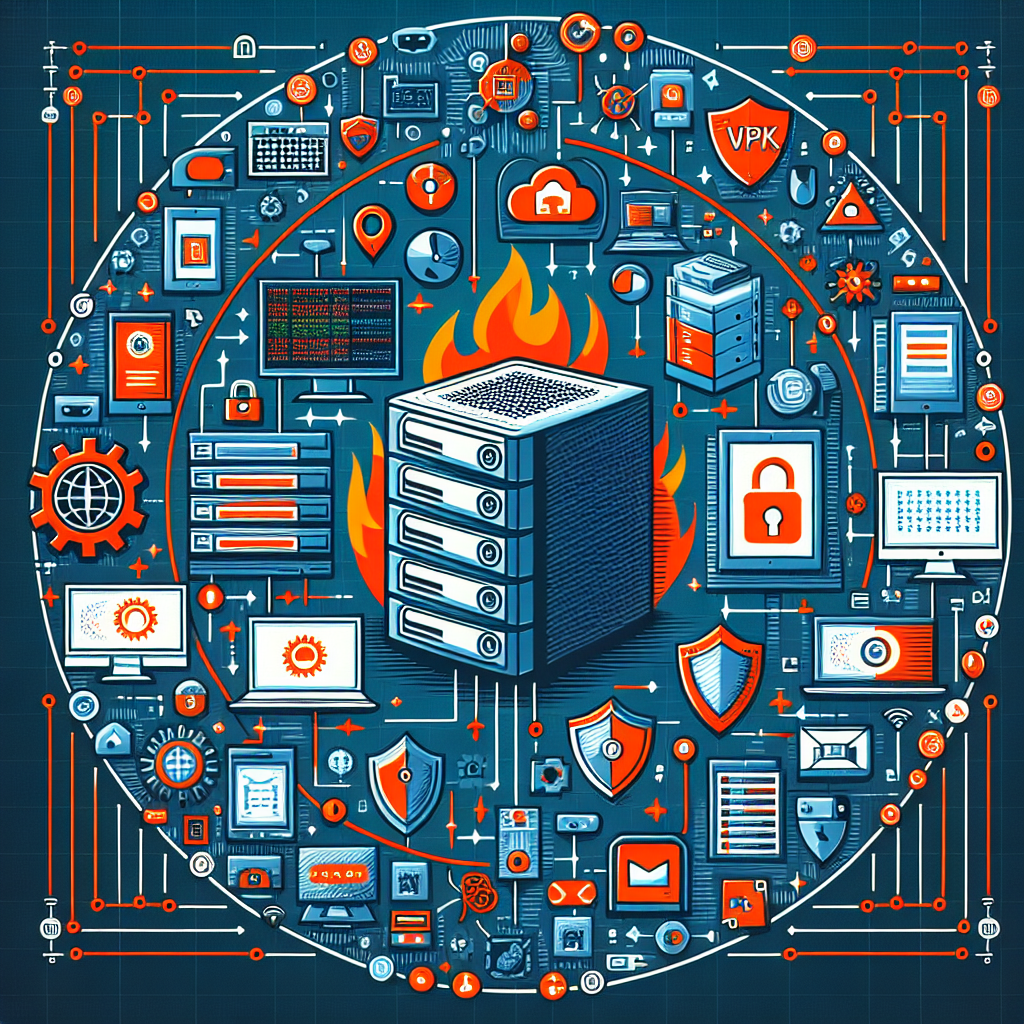Your cart is currently empty!
Best Practices for Network Security and Management

In today’s digital age, network security and management have become crucial components of any organization’s IT infrastructure. With cyber threats becoming more sophisticated and prevalent, it is imperative for businesses to implement best practices to protect their networks from potential breaches and attacks.
Here are some key best practices for network security and management that organizations should consider:
1. Implement a robust firewall: A firewall acts as a barrier between your network and external threats, filtering out potentially harmful traffic. It is essential to configure and regularly update your firewall to ensure that it is effectively protecting your network from unauthorized access.
2. Use strong encryption: Encrypting data in transit and at rest is essential to protect sensitive information from being intercepted or accessed by unauthorized users. Implementing strong encryption protocols such as SSL/TLS can help secure your network communications.
3. Regularly update and patch systems: Keeping your network infrastructure up-to-date with the latest security patches and updates is essential to protect against known vulnerabilities. Hackers often exploit outdated software and systems to gain unauthorized access to networks.
4. Implement multi-factor authentication: Multi-factor authentication adds an extra layer of security by requiring users to provide multiple forms of identification before accessing the network. This helps prevent unauthorized access, even if login credentials are compromised.
5. Monitor network traffic: Monitoring network traffic in real-time can help detect and respond to suspicious activities or anomalies that may indicate a potential security breach. Implementing intrusion detection and prevention systems can help identify and mitigate threats before they escalate.
6. Conduct regular security audits: Performing regular security audits and assessments can help identify potential vulnerabilities and weaknesses in your network infrastructure. This allows organizations to proactively address security issues before they are exploited by cybercriminals.
7. Educate employees on cybersecurity best practices: Human error is often a significant factor in security breaches, so it is essential to educate employees on cybersecurity best practices. Training employees on how to recognize and respond to phishing emails, secure passwords, and protect sensitive information can help prevent security incidents.
8. Implement a disaster recovery plan: In the event of a security breach or data loss, having a robust disaster recovery plan in place is essential to minimize downtime and mitigate the impact on your organization. Regularly testing and updating your disaster recovery plan ensures that you can quickly recover from any security incidents.
By implementing these best practices for network security and management, organizations can enhance their cybersecurity posture and protect their valuable data and assets from potential threats. Investing in robust security measures and staying vigilant against emerging threats is essential to safeguarding your network infrastructure in today’s digital landscape.

Leave a Reply